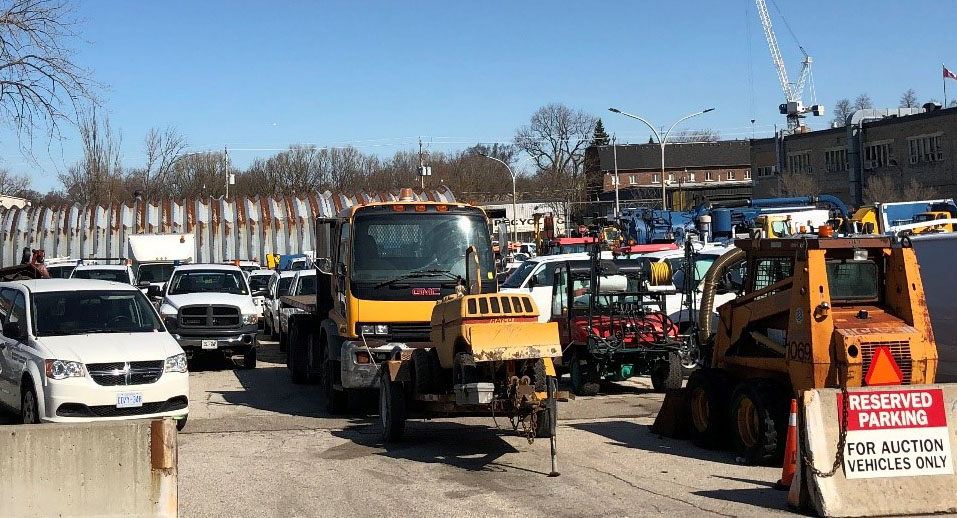
City of Toronto staff rely on a fleet of just under 5,000 vehicles and equipment valued at $330 million to deliver many services to the public, such as picking up waste, repairing roads, and maintaining our parks and communities. The Fleet Services Division is tasked with the annual purchase, rental, and disposal of this diverse array of vehicles and equipment.
Improving the timing and various processes for acquisition and disposal of fleet assets, as well as warranty and rentals, will save costs.
By The Numbers
- $875k: costs to repair 69 units in their final year. This more than doubled their sales proceeds.
- 7: average number of days that rental vehicles sit idle before being picked up
- 49%: 164 of 333 vehicles redeployed for over 3 years (supposed to be 1 year at most)
- $2.8M (7.8%): repairs due to operator error or unreported accidents over 18 months
- 101: units unaccounted for in Fleet’s recent comprehensive inventory review
Background
We observed multiple areas in which the needs or preferences of user groups did not always align with obtaining the best overall value and cost-effectiveness for the City. It was often unclear whether Fleet Services was expected to take the overseer role or to assume the role of administrator on behalf of its user groups.
The City needs a strong central oversight function in Fleet Services to ensure the most economical decision making for the City as a whole. The City Manager should examine Fleet Services’ role, responsibilities, and authority in order to enable it to act effectively as a steward of the City’s fleet assets.
What We Found
Improve Procurement Timing
Some equipment can take 2 to 3 years to acquire. Instead of starting procurement the year before replacement is due, Fleet Services needs to begin this process sooner. Procurement delays result in expensive but necessary end-of-life repairs.
Improve Rental Process and Oversight
It took, on average, 7 days from rental vehicle delivery to user pick-up, costing the City $79,000 annually in unnecessary costs. In addition, users are sometimes renting vehicles for longer than 1 year. We identified 27 cases where users rented vehicles from 2 to 6 years. Buying the vehicle is more economical in these cases.
Strengthen Warranty Administration
Strengthening warranty processes will help Fleet to realize additional warranty claim opportunities. Many improvements are needed, including:
- utilizing M5 Warranty Claims Manager module to automatically track warranty claims
- periodically reviewing work orders to identify missed warranty opportunities
- ensuring that M5 contain sufficient repair notes and comprehensive warranty information
Improve End-of-Life Decision-Making
Fleet’s end-of-life decision-making processes have the following issues:
- The lifecycle cost analysis used to flag a vehicle for disposal can be unreliable and should be supplemented with a vehicle condition assessment (referred to as ‘PMVs’);
- The process for PMVs needs improving to better inform asset replacement decisions; and
- Old vehicles are routinely redeployed for more than 3 years, despite internal rules saying they should only be redeployed for 1 year at most.
Improving end-of-life decision making processes will ensure consistent and economical solution.
How The Recommendations Will Benefit The City
This report provides 20 recommendations to help improve procurement planning, ensure consistent and economical end-of-life decision making, improve rental processes and oversight, and strengthen warranty administration. Some changes will result in cost savings, and an overseer role for Fleet will help ensure the most economical solution for the City as a whole.